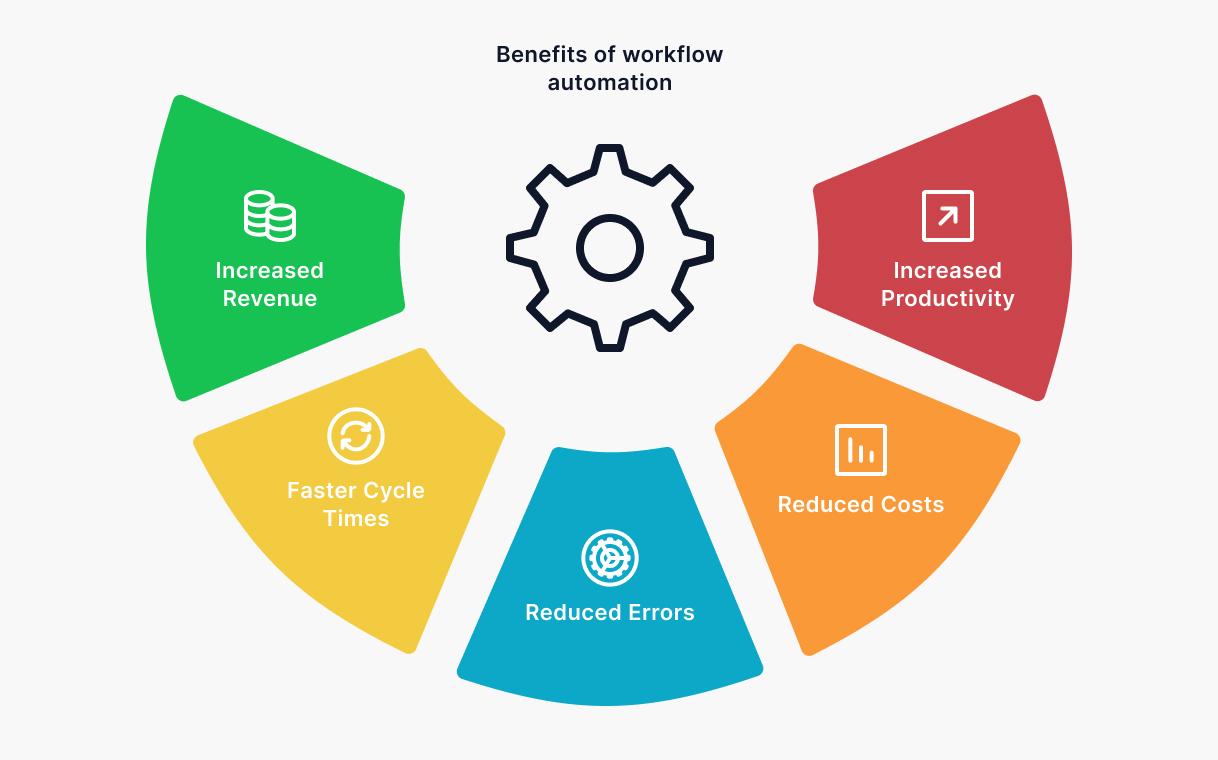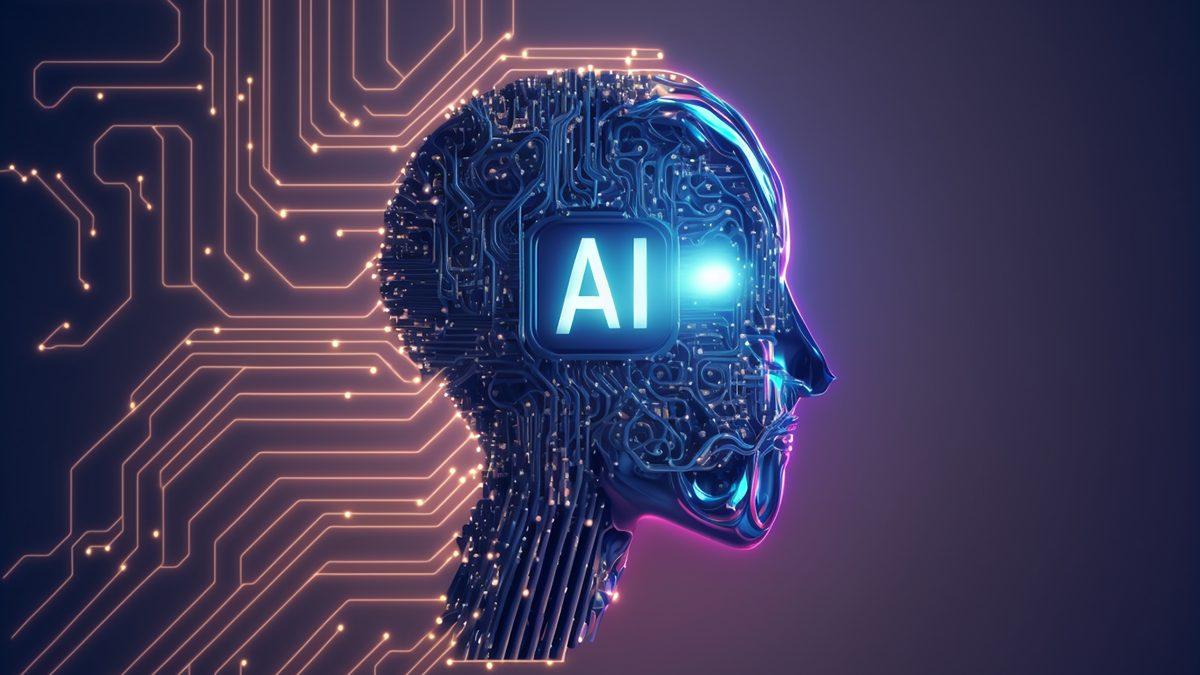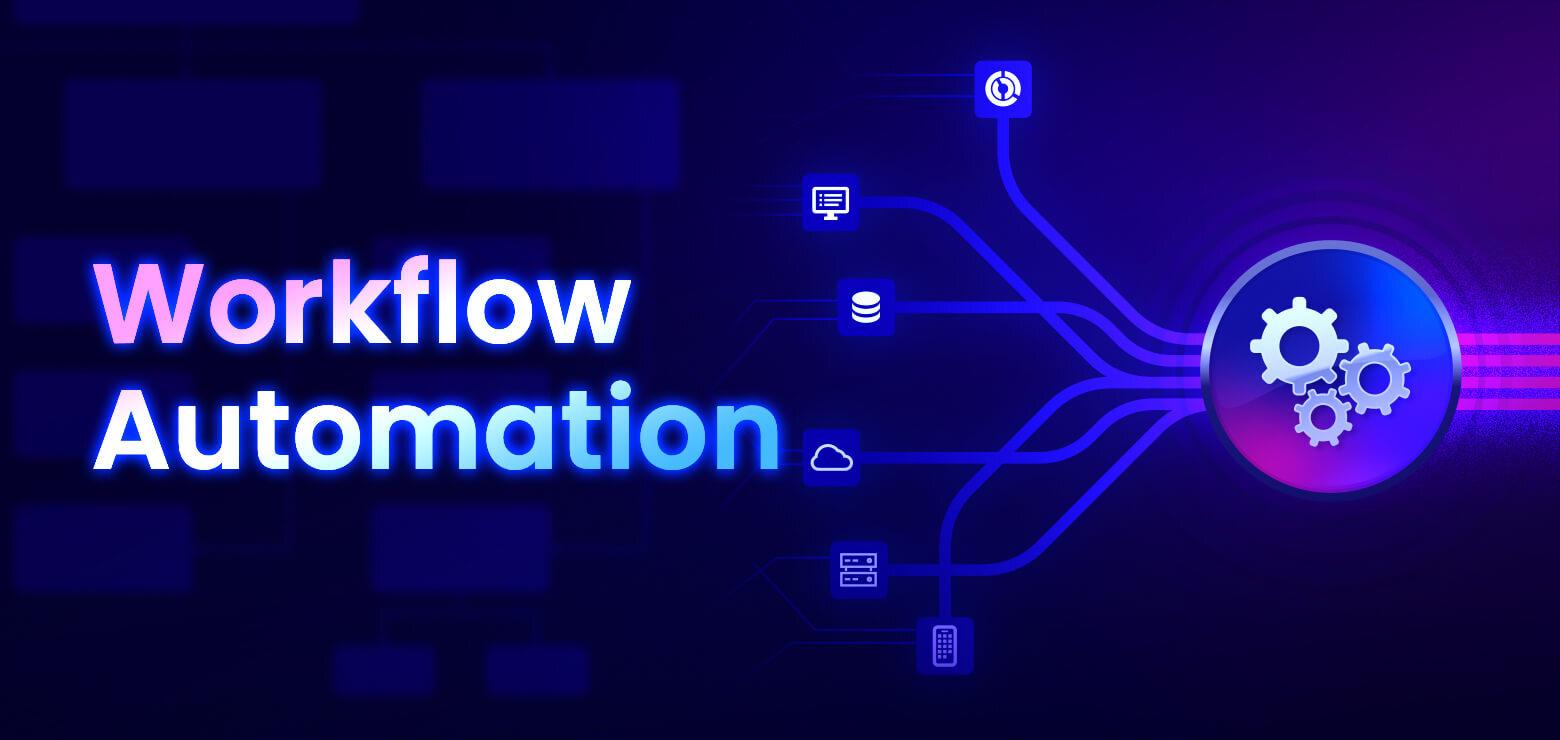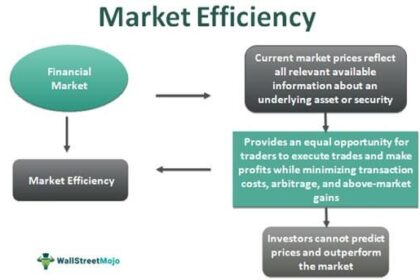In a world where time is a precious commodity, the quest for efficiency becomes a paramount pursuit for businesses and individuals alike. As technology continues to evolve at an unprecedented pace, workflow automation emerges as a beacon of opportunity, promising to streamline processes and enhance productivity. But what does the future hold for this powerful tool? In “Unlocking Efficiency: The Future of Workflow Automation,” we delve into the transformative potential of automation technologies, exploring their impact on diverse industries, and examining the innovations on the horizon. From reducing mundane tasks to enabling smarter decision-making, the landscape of work is set to change dramatically. Join us as we unravel the intricacies of workflow automation, uncovering how it can propel us into a more efficient future.
Exploring the Landscape of Workflow Automation Technologies
In the ever-evolving realm of technology, organizations are increasingly turning to workflow automation as a strategic solution to streamline operations and enhance productivity. Various automation tools are available, offering businesses a range of capabilities tailored to specific needs. These technologies often integrate seamlessly with existing systems, allowing for the optimization of everyday tasks. Key benefits include:
- Increased Productivity: Automation reduces the manual effort needed for repetitive tasks.
- Improved Accuracy: Minimizing human errors leads to higher quality results.
- Enhanced Collaboration: Tools support better communication across teams.
- Scalability: Processes can be easily adjusted to accommodate growth.
To further understand how automation is reshaping business processes, consider the following table, illustrating the core workflow automation technologies and their distinct functionalities:
| Technology | Functionality | Best Use Case |
|---|---|---|
| Robotic Process Automation (RPA) | Mimics human actions | Data entry and migration |
| Business Process Management (BPM) | Designs and optimizes workflows | End-to-end process management |
| Integration Platforms as a Service (iPaaS) | Connects disparate systems | Data synchronization |
| Artificial Intelligence (AI) | Enhances decision-making capability | Predictive analytics |

Integrating Artificial Intelligence for Enhanced Productivity
Integrating artificial intelligence into daily workflows creates a transformative shift, streamlining operations and enhancing team productivity. The ability of AI to analyze vast amounts of data at lightning speed allows organizations to make informed decisions with unprecedented efficiency. By automating repetitive tasks, businesses can free up human resources for more strategic initiatives, ensuring that creativity and critical thinking are prioritized in every project. Key benefits of this integration include:
- Improved Decision-Making: AI provides insights derived from comprehensive data analysis.
- Enhanced Task Automation: Streamlines routine activities, allowing for focus on core responsibilities.
- Personalized Customer Experiences: AI systems tailor interactions based on consumer behavior.
- Increased Scalability: Supports growth by adapting workflows to changing demands effortlessly.
Furthermore, the incorporation of AI tools can lead to measurable improvements in performance across teams. By utilizing platforms that harness machine learning algorithms, businesses can ensure that tasks are not only completed efficiently but also optimized for better results. Below is a comparison of traditional approaches versus AI-enhanced methods, highlighting the significant advantages presented by this technological evolution:
| Aspect | Traditional Approach | AI-Enhanced Approach |
|---|---|---|
| Time Allocation | Manual Task Handling | Automated Task Execution |
| Error Rate | High | Low |
| Data Analysis | Periodic Reports | Real-Time Insights |

Streamlining Communication for Seamless Collaboration
In today’s fast-paced digital landscape, effective communication forms the backbone of productive teamwork. By leveraging advanced automation tools, organizations can refine their interaction channels, ensuring that teams are aligned and engaged. Project management platforms, real-time chat applications, and integrated email solutions provide seamless pathways for information exchange, drastically reducing misunderstandings and fostering transparency. As these tools enhance operational intelligence, employees are empowered to focus on their core tasks, knowing that collaboration is streamlined and efficient.
The future of collaboration lies in the integration of AI-driven technologies that don’t just facilitate communication but also analyze it to optimize workflows. For instance, tools that automatically summarize discussions and highlight action items make it easier for teams to stay on track. Consider the following table that illustrates various tools that can transform communication processes:
| Tool | Functionality | Benefits |
|---|---|---|
| Slack | Real-time messaging | Instant feedback & collaboration |
| Trello | Project tracking | Visual task management |
| Zoom | Video conferencing | Enhanced engagement |
| Asana | Workflow automation | Streamlined task assignments |
By integrating these innovative solutions into daily operations, organizations can create a culture of collaboration that transcends geographical boundaries. The ability to easily share updates, access shared documents, and engage in meaningful discussions elevates team effectiveness and fosters a collaborative spirit that drives success. In a world where agility and responsiveness are paramount, optimizing communication processes through automation becomes not just beneficial but essential.

Best Practices for Implementing Workflow Automation Strategies
To ensure successful workflow automation, organizations must begin by assessing their current processes. This involves identifying repetitive tasks that consume valuable time and resources. Gathering input from employees who interact with these workflows can provide critical insights into which areas can be streamlined effectively. By analyzing current pain points, leaders can prioritize which automation solutions to implement first. The goal is to create a clear roadmap that aligns automated workflows with business objectives, ensuring that the technology adopted directly enhances productivity.
Another effective practice is to embed a culture of continuous improvement within the organization. After initial automation efforts are executed, it’s vital to regularly review and refine these processes. Creating a feedback loop encourages employees to share their experiences, leading to adaptive modifications in automation strategies. Furthermore, leveraging analytics to monitor workflow efficiency can provide data-driven insights that inform future automation decisions. By embracing flexibility and responsiveness, companies can not only increase their efficiency but also foster an environment that thrives on innovation.
Future Outlook
As we stand on the brink of a new era in workflow automation, the potential to unlock unprecedented efficiency has never been clearer. The integration of advanced technologies into our daily operations promises not only to streamline processes but to empower individuals and teams to focus on what truly matters—innovation and creativity. As businesses continue to embrace these systems, it is essential to strike a balance between automation and the irreplaceable human touch that drives collaboration and decision-making. The future of workflow automation is not just about replacing tasks; it’s about enhancing our capabilities, enabling smarter work habits, and fostering an environment where productivity flourishes. By harnessing the tools at our disposal, we are poised to transform the way we work, leading to a brighter, more efficient tomorrow. As we move forward into this exciting landscape, let us remain open to the possibilities that lie ahead, ready to adapt, evolve, and thrive in a world where efficiency meets ingenuity.



